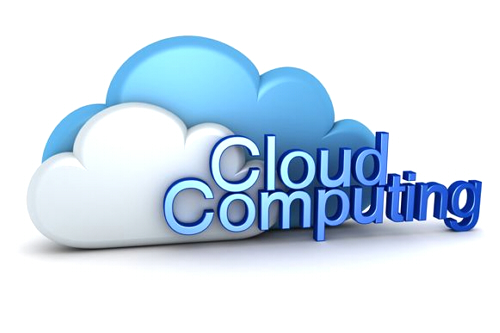How the Cloud Will Revolutionize the Way We Work
Pascal Emmanuel Gobry
Bill Gates once semi-famously commented that the effects of technology shifts were overrated in the short term, and underrated in the long term. This is very true – particularly when it comes to cloud computing.
The hype cycle is well documented. A technology comes to public attention, lots of people instantly grasp its potential consequences, and our lemming-like instincts cause a big bubble of hype, usually right at the time when the technology is only reaching awkward pre-adolescence. When the technology doesn’t immediately live up to the hype, we are equally lemming-like in rejecting it as useless. Meanwhile, the technology’s kinks work themselves out slowly, and in the long run, it turns out to be even more powerful than we first anticipated.
Consider how this cycle played out with cloud computing.
The cloud was supposed to drive the “consumerization of enterprise.” Because enterprise software could be delivered seamlessly through the cloud, individual workers, and not IT departments, would decide what kind of software people would use for work. This would be a big deal because software designed and sold to be accepted by IT departments is not software designed and sold to meet the needs of end users, but rather of IT departments. This explains the strange paradox whereby the software you use at home gets better and more user friendly every day, while the software you use for work still looks like something from 1997.
Has the original hyped prediction about the “consumerization of the enterprise” come true? Sort of.
Cloud computing has indeed led to a new breed of companies pushing better enterprise software that has been adopted in part from the bottom up in companies. But that “in part” is key: It turns out that “consumerization” is, thus far, less of a revolution than a marketing strategy. It’s not that you build, say, a great file storage system (like BOX.net, a “Dropbox for the enterprise” Silicon Valley darling that recently went public) and that people magically adopt it from the bottom up, and presto, it becomes the new thing. It’s more that you build a great file storage system, some people adopt it from the bottom up, that gets you a meeting with the head of IT, and then you sell him the designed-for-the-IT-department (and more expensive!) version.

This reality has created lots of shareholder value for Silicon Valley venture capitalists, and probably caused a real, albeit limited, improvement in the overall quality of enterprise software than would have happened otherwise. But it looks very much more like evolution than revolution.
And don’t forget, this only takes us past the first peak of the hype cycle. As Amazon CEO Jeff Bezos – who knows a thing or two about cloud computing – pointed out in one of his excellent shareholder letters, the main virtue of the internet is not so much this or that service, but that its lack of gatekeepers enables permission-less innovation. And permission-less innovation can be transformative, because the best ideas are often the ones that sound crazy to gatekeepers.
If Jimmy Wales had had to get a permit before starting Wikipedia, the idea that an encyclopedia anyone can edit would be a useful website would have had any committee rolling on the floor. And yet Wikipedia not only works, but has had a transformative impact on how we access information.
The promise of cloud computing in the enterprise isn’t that we’ll have a more user-friendly, cheaper, and more efficient version of existing software. It’s that we’ll see new software applications that really change how we work. By definition, it’s hard to say what that will be.
We can see an inkling in applications like Yammer and Slack, which try to bring social networking to the enterprise. The potential impact isn’t just to cut down on email and meetings, which would already boost productivity, but over time to change the way companies are organized, as workers and teams can reach across silos and departments to form ad-hoc teams. Indirectly and over time, enterprise social networking applications, some of which aren’t even live, might make corporate organizational charts as retro as the fax machine. In practice, every large company that tries to turn itself into a fluid “team of teams” without clear decision charts turns itself into a Hieronymus Bosch painting. But this might just be because we haven’t found the right social technology to make it work. And if we do, you can be sure that that technology will be rejected by every gatekeeper on its way to success.
Another obvious potential application has to do with the freelance gig economy. If you’re an independent data scientist, a new data science cloud application might not just be better data analysis software, and might not just enable you to use cloud computing resources to do more ambitious work; it might also come with a marketplace where companies and teams will bid for your time, so that you can seamlessly work freelance at such a job without having to worry about all the downsides of freelance work such as chasing down clients and billing them. And what’s true of data science can be true of graphic design – after all, Adobe, which makes gold-chip graphic design software and is shifting it all to the cloud, also acquired Behance, a social network and work marketplace for graphic designers and artists. And so on down the line with every job you can think of. To some people, the gig economy sounds like a dystopia, and to others a utopia (I change my mind on this every day), but it would certainly be transformative either way.
I’m sure there will be more examples to surprise us. Today, cloud-based enterprise software is undershooting the hype, but in the long run it will probably overshoot it.








